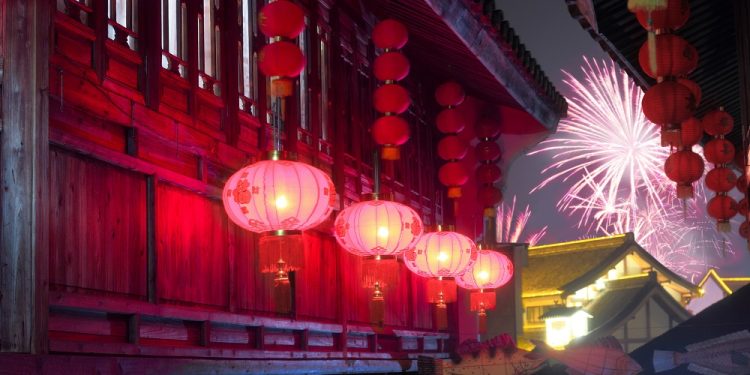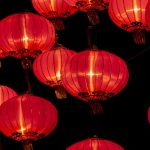
Chinese (Lunar) New Year
Chinese New Year, also known as Lunar New Year, is an ancient Chinese holiday based on the lunisolar calendar, which is based both on the location of the Moon and the location of the Sun relative to the Earth. For that reason, it doesn’t fall on the same Gregorian calendar day each year. It falls within a range of Gregorian calendar days that span from January 21 to February 20.
Chinese New Year, also known as the beginning of the Spring Festival, is one of the most important, if not the most important, celebrations in Chinese culture. Apart from China, it is also celebrated in other countries with large Chinese communities.
The celebrations surrounding the holiday last 15 days, and there are a myriad of festivities and observed traditions that occur within those 15 days. Many of these festivities revolve around the origins of the holiday and the mythical beast called Nian, which means “year” or “years” in Chinese.
History and Mythology
A long time ago in China, a monster called Nian came down from the mountains once a year and terrorized villagers—small children in particular. The villagers were very afraid of the Nian, so they attempted to use any method possible to frighten the monster away or get it to leave.
One of the tactics involved making food for the monster and leaving it on the doorstep so that it would be full and go back to the mountains. At another time, the villagers noticed that it was afraid of a small child who was wearing red.
They realized that the Nian was afraid of the color red and began wearing red at that time of year to keep the beast away. In addition to wearing red, they found that loud noises and fireworks helped frighten the monster.
Celebrations
As legend has it, the Nian still lives in the mountains of China. It is customary to wear red and shoot fireworks each year during the Spring Festival to help keep the Nian and other evil spirits away. The traditional “Lion Dance” involves several of these customs and many others.
Each day has its own unique celebration. For example, on the first day of the Spring or New Year Festival, people will gather together for large feasts and spend time with family. On the fourth day, people begin returning to work.
The eighth, ninth, and tenth days involve celebrating the birth of the Jade Emperor, who is considered to be the head of the heavenly bureaucracy. The festival ends on the fifteenth day, which is also known as the Lantern Festival.








